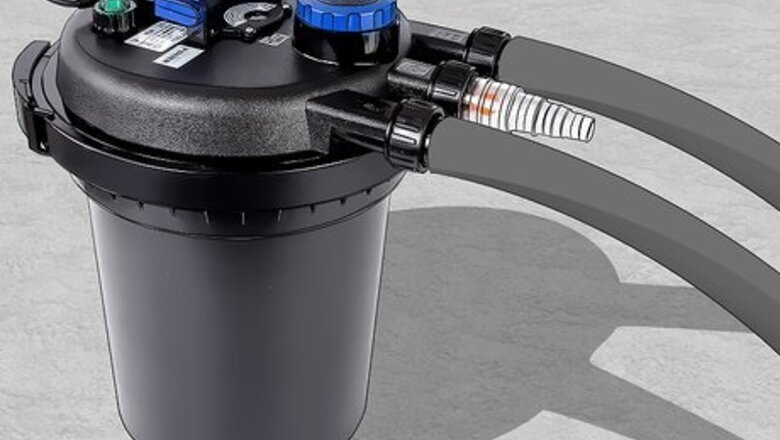
views
Using a UV Filter
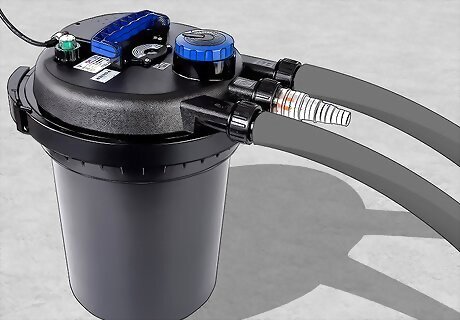
Make sure your pond has other filtration equipment. While a UV filter kills algae, it doesn’t actually filter the water. Ensure you have items like a good pump, a mechanical filter, and a biological filter in order to remove the dead algae and keep the water clear.
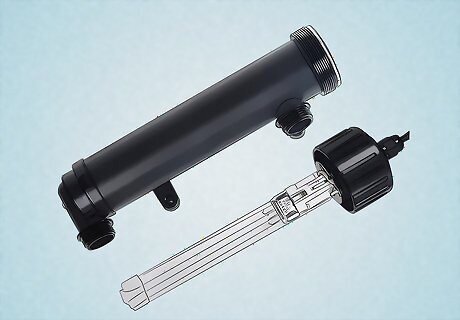
Select a UV filter based on the size of your pond. Check out the rating on the package to determine how many gallons can be filtered per hour. Then, choose a filter that can filter half the volume of your pond per hour. Pond filters are available at garden centers and pond supply stores as well as online.
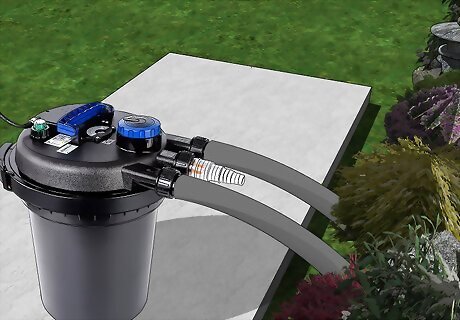
Mount the UV filter on a dry, flat surface. The filter doesn’t actually go in the pond itself. Attach it to a surface outside of the pond, such as on top of the canister pond filter. Then, plug it into a GFI outlet. The filter is waterproof, but refrain from submerging it in the pond.

Replace the UV bulb once a year. A downside of UV filters is that the lights don't last very long, especially considering the fact that they're low power bulbs. Change the bulb at the beginning of the spring season every year to ensure it stays effective.
Adding Algaecide to Your Pond

Get quaternary ammonia algaecide. The 2 main types of algaecide are quaternary ammonia and metallic. Metallic algaecide is made up of silver and copper, is much more expensive, and can stain your fish and plants. Be aware that quaternary ammonia can foam in the pond. The foam should be barely noticeable but some people don't like it. You can buy algaecide online or in your local aquarium store.
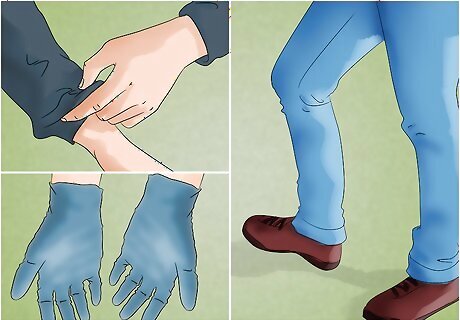
Wear protective gloves and long sleeves. Algaecide is a chemical, so avoid direct contact with it. Protect your skin with long pants, long sleeves, gloves, and close-toed shoes.
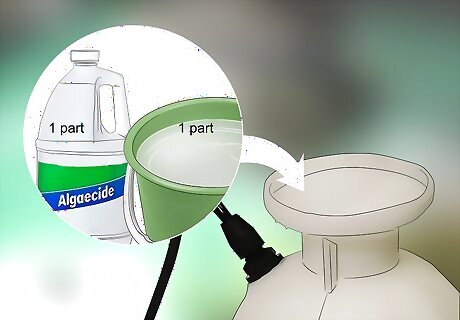
Mix equal parts algaecide and water in a tank sprayer. Pour the algaecide into the tank sprayer, then add the water. To be on the safe side, add more water than algaecide if you’re having a hard time measuring out equal amounts. Place the cap back on the tank sprayer after you've added both the water and algaecide. Pump the handle on your tank sprayer to create pressure in the tank.
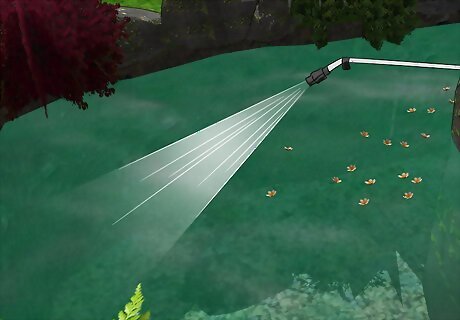
Spray the algae in your pond with the algaecide. After you've mixed the algaecide with the water, pick up the tank sprayer and aim the hose at the parts of your pond that have the most algae. Read the package to find out how much to apply based on the size of your pond. If your pond doesn't have much algae, try to evenly coat the pond with the algaecide to prevent algae from growing in the pond.
Stunting Algae Growth
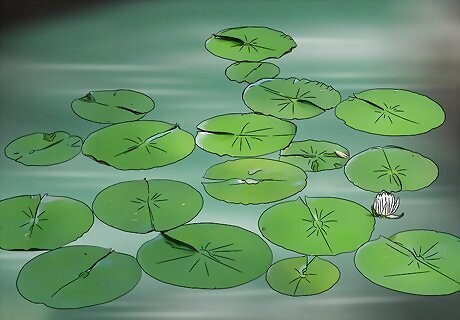
Add plants to your pond to starve the algae. Plants will compete with the algae for the food available in your pond, leading to less algae overall. Floating plants also reduce the amount of sunlight that hits the water, which can also help to reduce the algae in the pond. Select plants like water lillies, anacharis, water lettuce, and water hyacinth. Add as many plants as you like. A big advantage of this method is that plants can add a lot to the overall look of your pond.

Block sunlight from reaching your pond to stop algae growth. Algae need sunlight so they can grow. If you prevent sunlight from entering your pond, you can reduce the number of algae in the water. Simple things like planting a large tree next to the pond or using a large pond umbrella can block the sunlight without ruining the look of your pond.
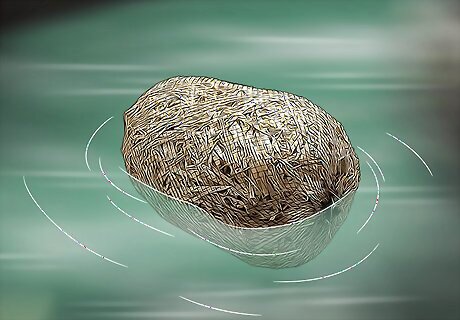
Add barley straw to prevent new algae from growing. Use 2-3 bales of barley straw per 1 surface acre of water. Put the straw in cages, netting, nets, or even nylon stockings, and place them in various locations throughout the pond, especially near the intake hose or water source. Anchor the packages of barley straw to the bottom of the pool so they float near the top but cannot get caught in the filter or pump. Barley straw may be hard to find in a local store but is readily available online.

Reduce the number of fish in your pond to provide less fertilizer for the algae. Fish waste essentially acts as a fertilizer for the algae in your pond. The more fish in the pond, the more waste there is, which will encourage more algae to grow. Even a small decrease in the number of fish will lead to a significant decrease in waste products.












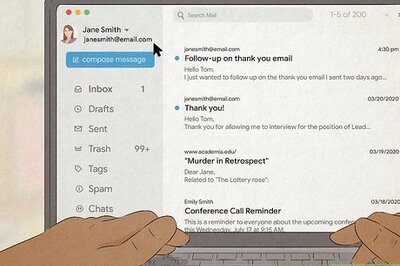




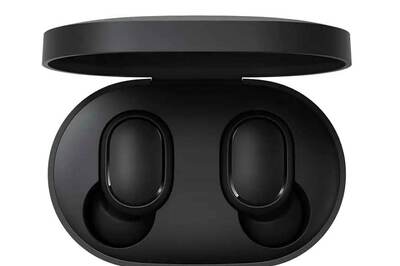


Comments
0 comment